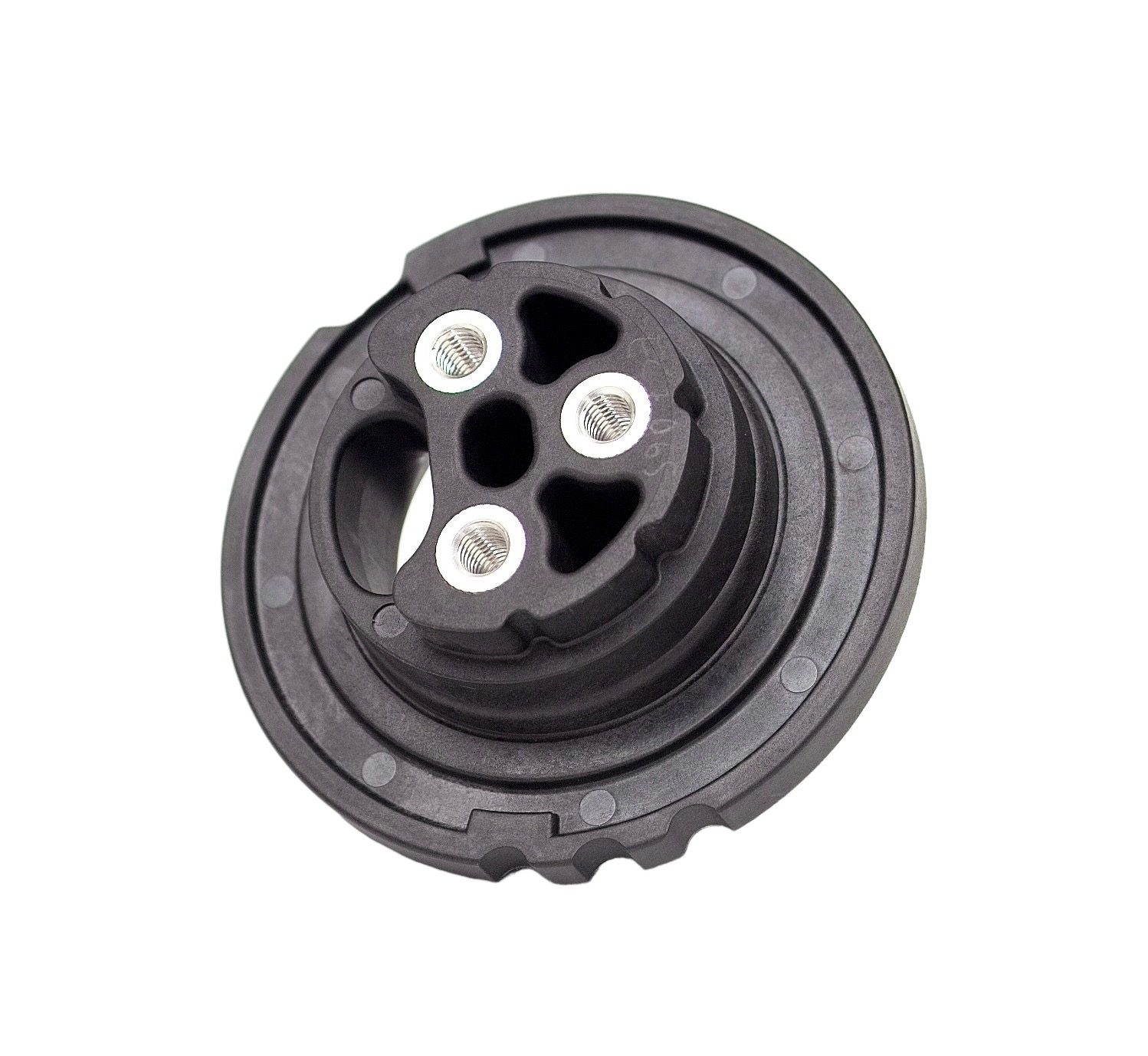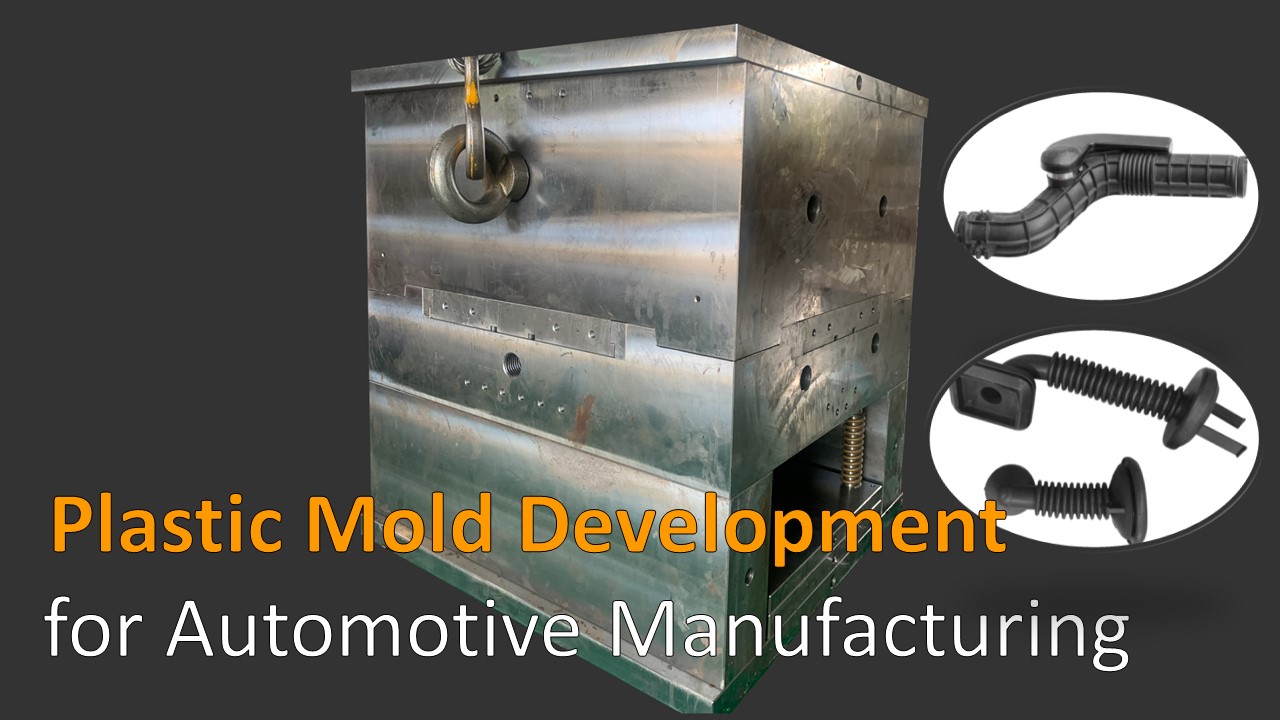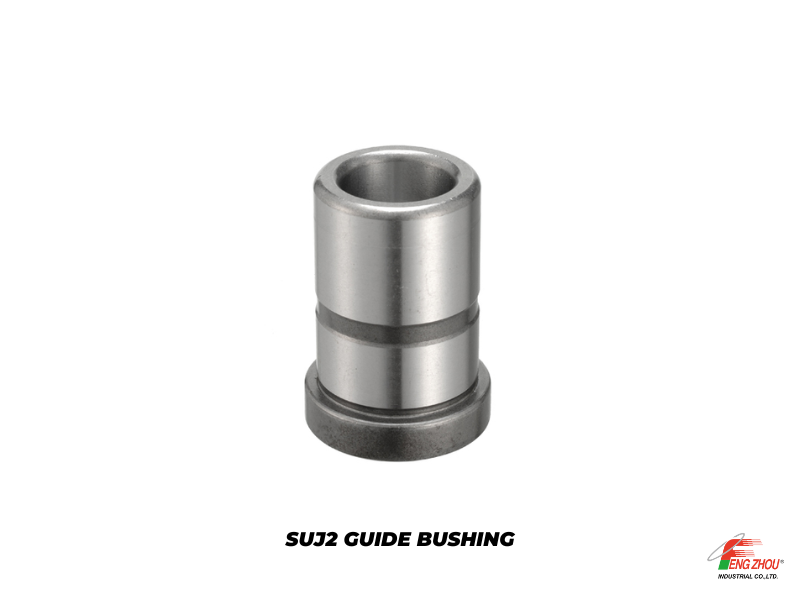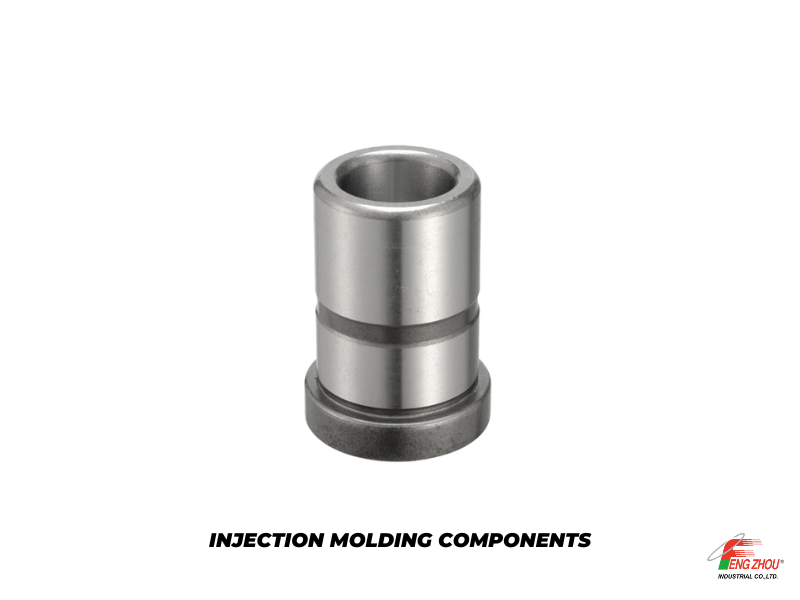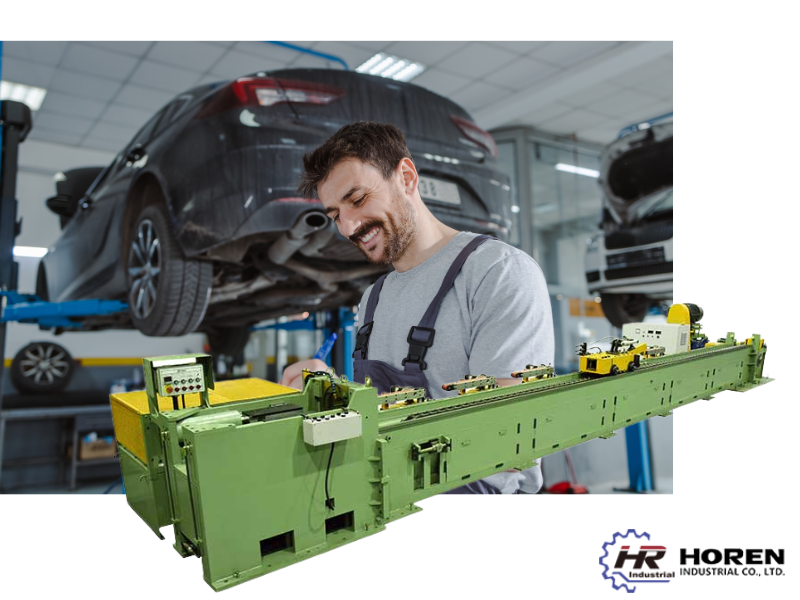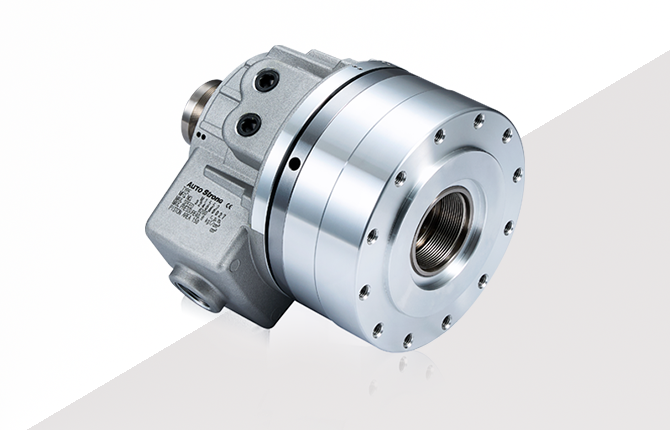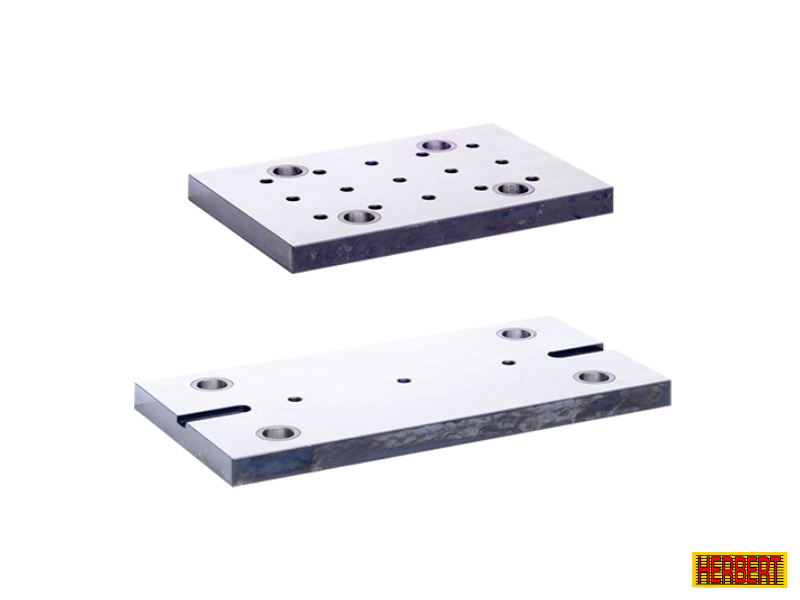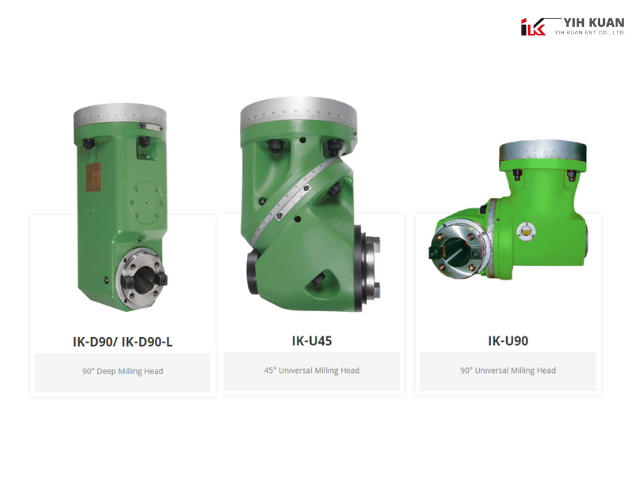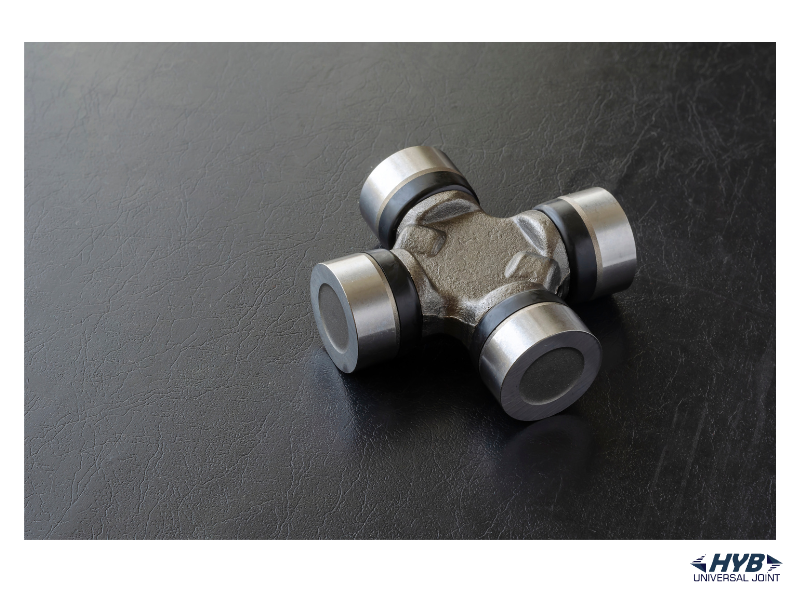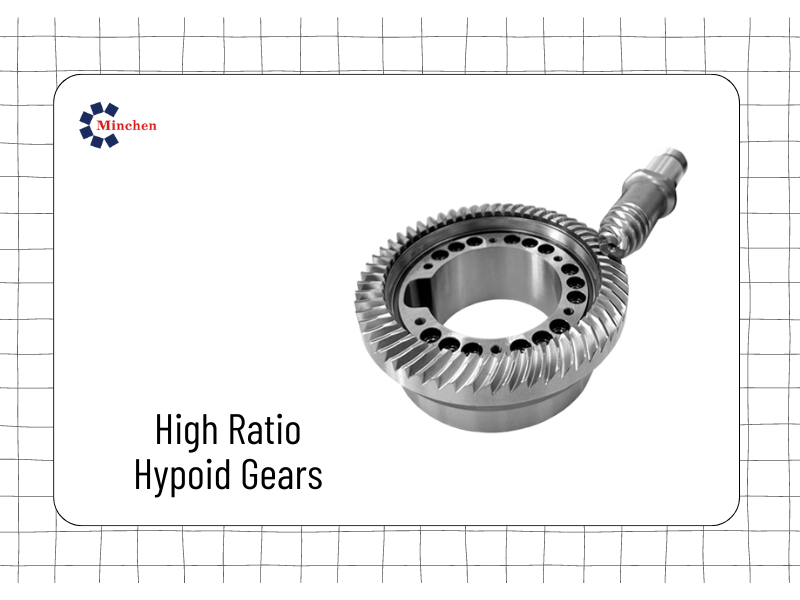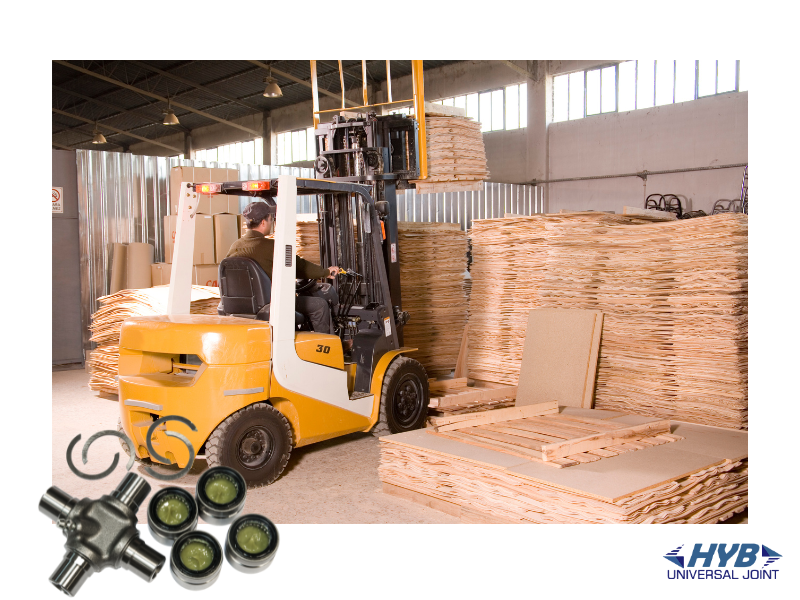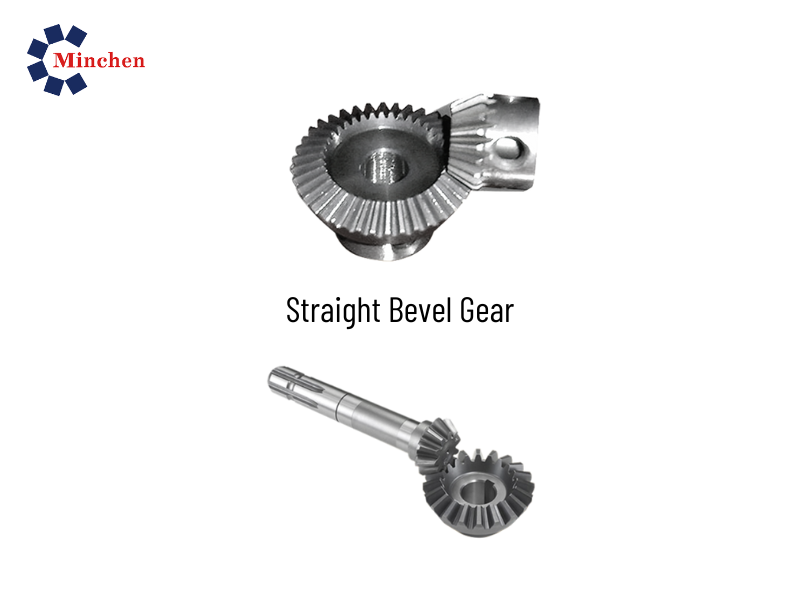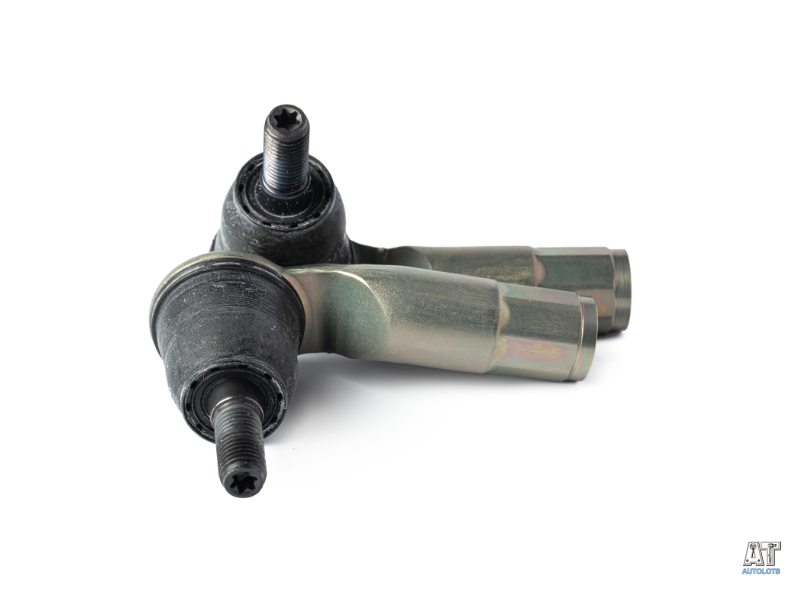The Critical Role of Steering Joints in Modern Vehicles
2024-07-03Auto Parts
Steering joints are pivotal components in modern vehicles, crucial for translating the driver's steering inputs into smooth vehicle movements. Understanding their functionality is essential for appreciating how vital they are to automotive safety and performance. Steering joints connect the steering column to the steering wheel, allowing for the transmission of motion even at varied angles. This flexibility is vital in maintaining control under different driving conditions and ensuring the vehicle responds accurately to steering commands. The most common types include ball joints, which provide robust support and precise control, and rack and pinion systems, known for their efficiency in translating steering wheel movements into linear motion along the wheels. Advancements in steering joint technology have focused on improving durability and reducing weight without compromising performance. Innovations such as the use of high-strength materials and designs that minimize friction and wear extend the life of these components and enhance vehicle handling. Proper installation and regular maintenance are critical. Ensuring that steering joints are correctly fitted and regularly inspected for wear can prevent mechanical failures that might lead to accidents. The integrity of steering joints directly influences vehicle safety and handling. A well-maintained steering system provides precise control, crucial for safe maneuvering and effective response in emergency situations. To maintain optimal performance, be vigilant for signs indicating the need for joint replacement: Steering joints are indispensable in the design and operation of modern vehicles. Their role in vehicle safety and performance cannot be overstated, making it vital for manufacturers and vehicle owners to prioritize their maintenance and understand their function. For more information on maintaining or upgrading steering joints, or to learn more about our advanced steering solutions at SHIUH JI CO., LTD., please contact us. We are committed to enhancing automotive safety and performance through innovative engineering.Introduction
Understanding Steering Joints
Types of Steering Joints
Technological Advancements
Installation and Maintenance
Safety and Performance
Conclusion
Call to Action
